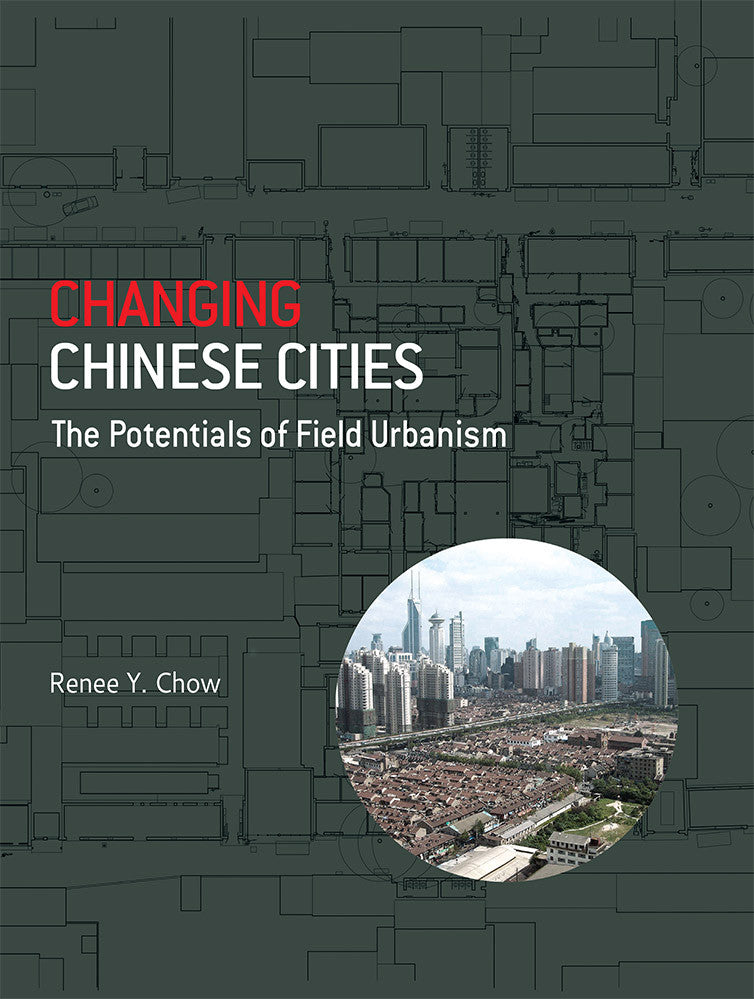Changing Chinese Cities: The Potentials of Field Urbanism
$56.00 SGD
Until the middle of the twentieth century, Chinese urban life revolved around courtyards. Whether for housing or retail, administration or religion, everyday activities took place in a field of pavilions and walls that shaped collective ways of living. Changing Chinese Cities explores the reciprocal relations between compounds and how they inform a distinct and legible urbanism.
Following thirty years of economic and political containment, cities are now showcases whose every component street, park, or building is designed to express distinctiveness. This propensity for the singular is erasing the relational fields that once distinguished each city. In China's first tier cities, the result is a cacophony of events where the extraordinary is becoming a burden to the ordinary.
Using a lens of urban fields, Renee Y. Chow describes life in neighborhoods of Beijing, Tianjin, Shanghai and its canal environs. Detailed observations from courtyard to city are unlayered to reveal the relations that build extended environments. These attributes are then relayered to integrate the emergence of forms that are rooted to a place, providing a new paradigm for urban design and master planning. Essays, mappings and case studies demonstrate how the design of fields can be made as compelling as figures.
For more information, see http://www.fieldurbanism.com.
”Changing Chinese Cities is richly illustrated with diagrams and photos, and is—as one might expect—beautifully designed...It would be ideal for introducing students to the underlying legibility of China’s cities, the ways that legibility is being destroyed, and what might actually be done to move forward in meaningful ways...” - Tim Oakes
Renee Y. Chow is professor of Architecture and Urban Design at University of California Berkeley as well as a founding principal of Studio URBIS.
Publication Year: 2015
204 pages, 235mm x 187mm
Fully illustrated in colour with 82 maps and architectural drawings, and 33 photographs.
Harback
ISBN: 978-9971-69-833-1
NUS Press

